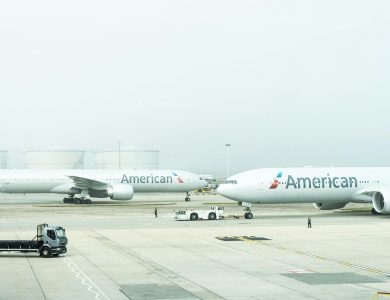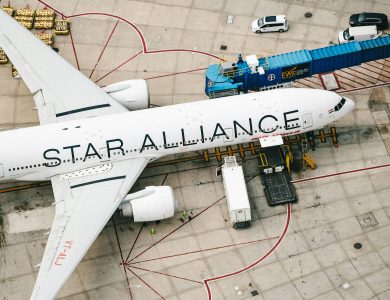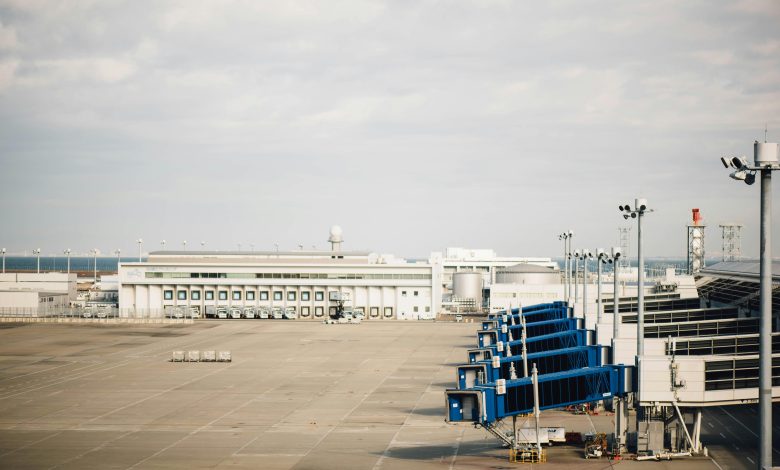
In the high-flying world of airline alliances, where promises of seamless travel and endless possibilities abound, a less glamorous reality often lurks just beneath the surface. For many travelers, the allure of redeeming miles across a vast network of partner airlines conjures visions of dream vacations and effortless globetrotting. Yet, as seasoned wanderers and novice jet-setters alike have discovered, navigating the intricate web of airline alliance redemptions can sometimes feel more like a turbulent journey than a first-class escape. Behind the polished veneer of loyalty programs lies a labyrinth of complexities and frustrations, where hidden fees, blackout dates, and elusive availability can turn a simple reward booking into a perplexing puzzle. Join us as we delve into the less-discussed side of airline alliances, uncovering the ugly truths that every savvy traveler should know before cashing in their hard-earned miles. Airline Alliances“>
Airline Alliances“>
Decoding the Complex Web of Airline Alliances
When it comes to redeeming miles within airline alliances, the landscape can often resemble a labyrinthine puzzle, full of unexpected hurdles and hidden gems. The very concept of airline alliances is designed to offer seamless travel experiences, yet the reality often falls short of this promise. Members of alliances like Star Alliance, Oneworld, and SkyTeam frequently encounter a myriad of challenges, ranging from limited seat availability to complex routing rules.
- Limited Availability: Despite the extensive network of partner airlines, finding award seats can feel like searching for a needle in a haystack. High demand routes are often booked months in advance.
- Complicated Rules: Each airline within an alliance has its own set of rules regarding mileage redemption, making it a daunting task to understand and maximize benefits.
- Hidden Fees: Taxes and surcharges can significantly inflate the cost of a supposedly ‘free’ ticket, leaving travelers with an unexpected dent in their wallet.
To navigate these complexities, savvy travelers must become adept at juggling the nuances of multiple frequent flyer programs. By meticulously planning and understanding the fine print, it’s possible to unlock the full potential of these global networks. However, it requires a level of dedication and strategic foresight that not every traveler possesses.
Hidden Pitfalls in Frequent Flyer Redemption Programs
While airline alliances promise seamless travel experiences and vast networks, their frequent flyer redemption programs often harbor unforeseen challenges. One common issue is the limited availability of award seats. Despite having amassed a significant number of miles, travelers may find themselves unable to secure flights on preferred dates or routes. This scarcity often forces members to either book far in advance or settle for less convenient itineraries.
- High fees and surcharges: Even when flights are available, the cost of taxes and additional fees can be unexpectedly high, reducing the value of the ”free” ticket.
- Complex rules: Each airline within an alliance has its own set of redemption rules, which can be confusing and lead to suboptimal use of miles.
- Blackout dates: Popular travel times are often restricted, making it difficult to use miles during holidays or peak seasons.
Furthermore, dynamic pricing has added another layer of complexity. Airlines frequently adjust the number of miles needed for a ticket based on demand, leading to unpredictable redemption costs. Navigating these intricacies requires careful planning and sometimes, the patience of a seasoned traveler.
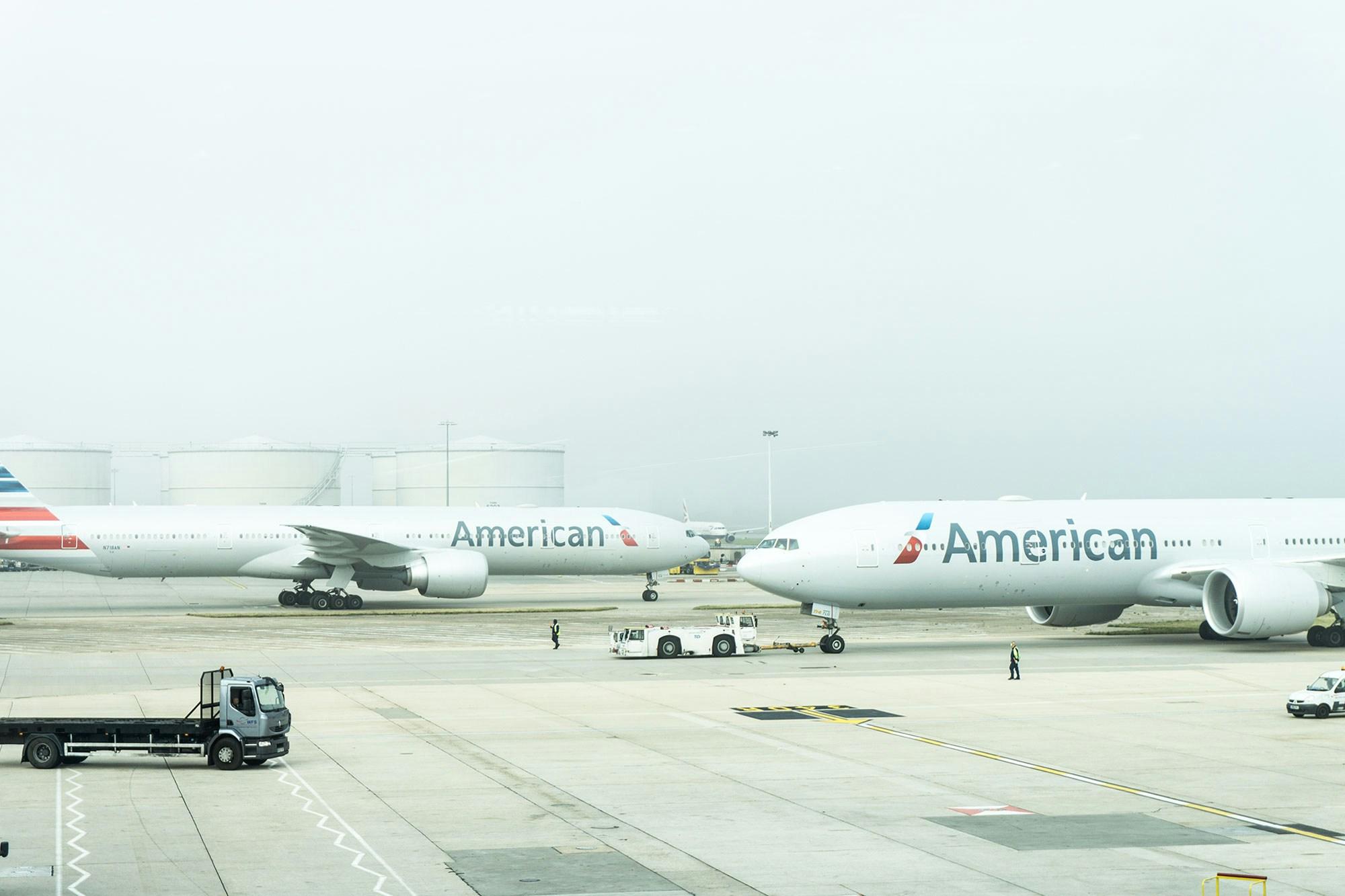
Maximizing Value: Navigating the Redemption Maze
For those looking to extract maximum value from their hard-earned miles, the journey through airline alliance redemptions can feel like a labyrinthine quest. While alliances promise a network of opportunities, the reality often reveals a complex web of restrictions and hidden pitfalls. Understanding fare classes, blackout dates, and partner availability are just the tip of the iceberg. Navigating this maze requires not only patience but also a strategic mindset.
- Fare Classes: Each airline within an alliance may offer different redemption rates for the same flight, based on fare classes that aren’t always transparent.
- Blackout Dates: These are not uniform across alliances, leading to confusion and frustration when trying to book award flights during peak travel times.
- Partner Availability: Availability of seats can vary dramatically between partner airlines, often with little logic or warning.
To navigate these challenges, savvy travelers should keep an eye on dynamic pricing models and explore lesser-known partners within alliances for hidden gems. Flexibility and timing are your allies; being open to alternative routes or dates can make a world of difference. Ultimately, the key lies in understanding the nuances of each alliance, leveraging technology and forums for insights, and staying informed about frequent flyer program updates.
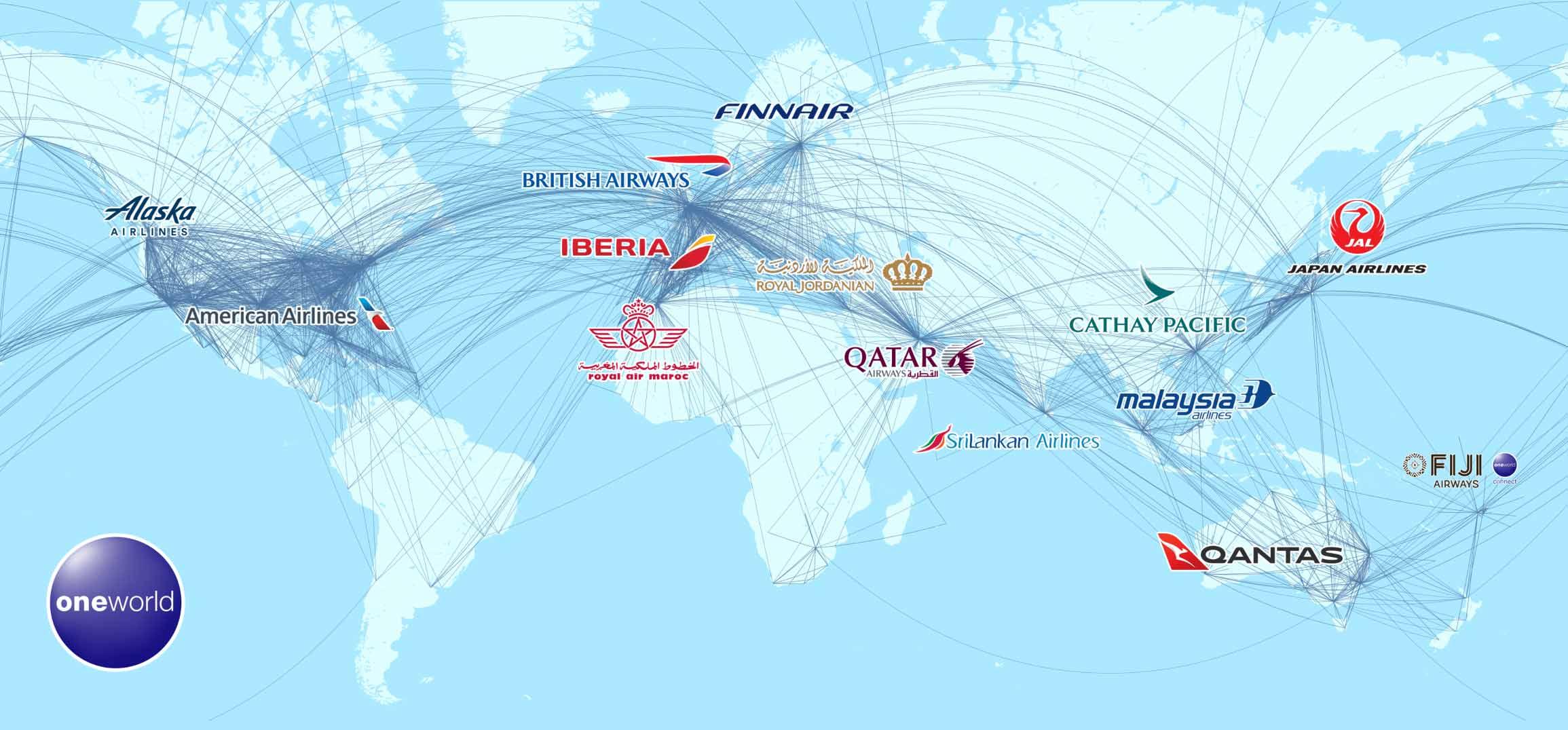
Expert Tips for Smarter Alliance Reward Strategies
Unlocking the full potential of airline alliances requires a blend of strategy, foresight, and a touch of creativity. To make the most of your reward points, consider these expert tips:
- Research Partner Airlines: Not all alliance members are created equal. Dig deep into the lesser-known partners for unique redemption opportunities and potentially better seat availability.
- Timing is Everything: Airlines frequently update their award charts. Book early or aim for last-minute deals to capitalize on availability and avoid devaluation surprises.
- Maximize Stopovers: Some alliances offer generous stopover policies. Craft multi-city itineraries that allow you to explore more destinations for the same number of points.
- Leverage Award Charts: Each alliance has its own quirks. Familiarize yourself with distance-based or region-based charts to spot sweet spots and avoid overpaying for your flights.
By understanding these nuances and applying strategic thinking, you can transform your alliance rewards into memorable travel experiences without breaking the bank.

